by Amineddoleh & Associates LLC | Oct 10, 2024 |
For the past month we’ve been lucky to work with Shelby Rose, our new Legal Intern. Shelby brings to the firm her incredible journalism experience, impressive legal qualifications, and a passion for art. Read more about her HERE. Welcome Shelby!
by Amineddoleh & Associates LLC | Sep 20, 2024 |
I love my job. I love being an art lawyer. I am grateful for the opportunity to work with artists, collectors, and art market participants. I am honored to have represented sovereign governments in landmark cultural heritage matters, including Italy and Greece. When I’m not working, my thoughts often return to art. Somehow, I never escape from work, even when I’m on vacation. And so it seems that every trip confronts me with art crime issues. But then again, I seem to pursue art stories everywhere I go.
ART CRIME IN ITALY
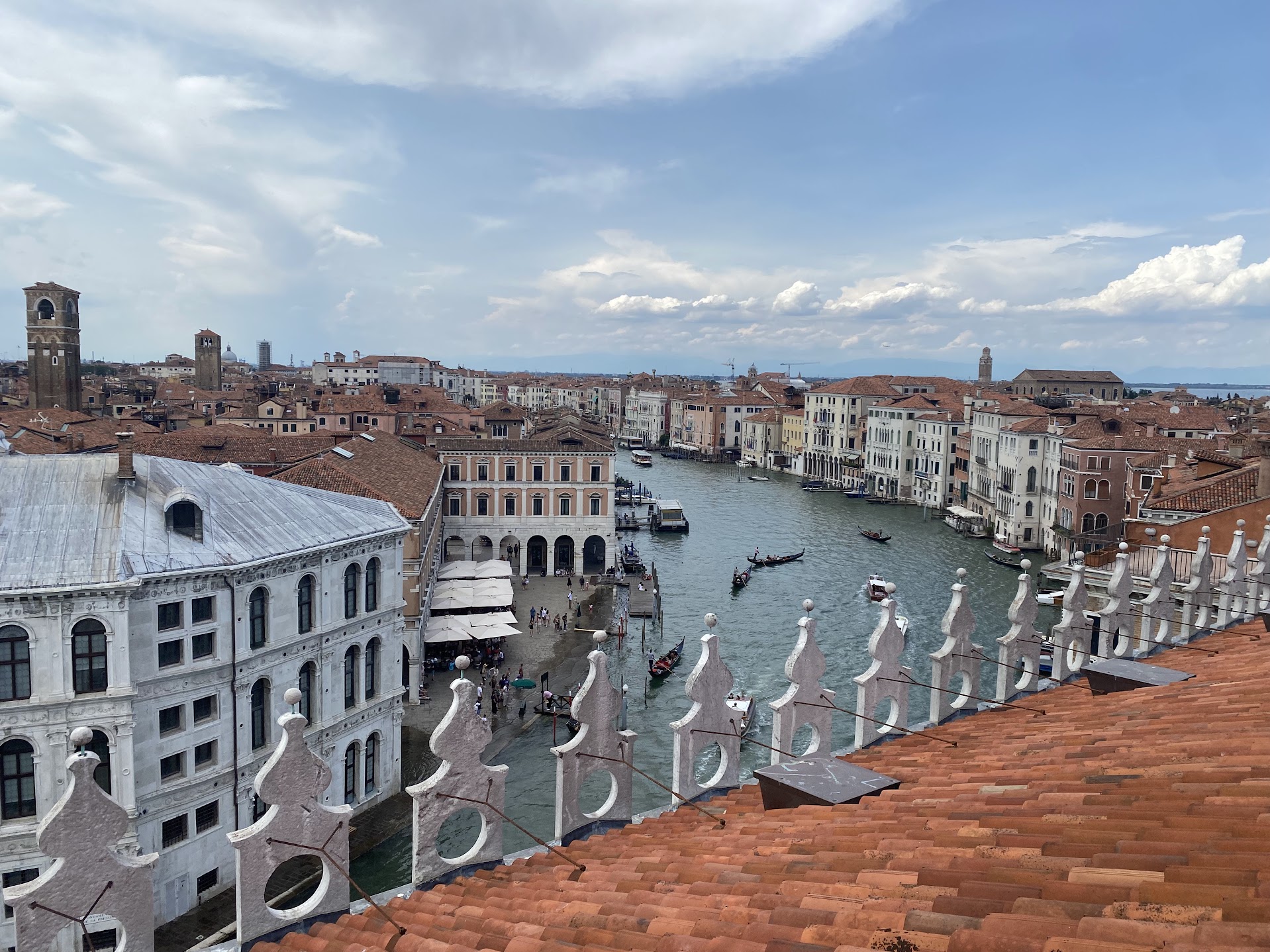
La Serenissima. Copyright: Leila A. Amineddoleh
During a recent week away from the office, I traveled to Italy (one of my favorite places in the world, a country I have the privilege of representing, and the country with the greatest number of UNESCO World Heritage Sites). As my family and I meandered through the Veneto, we stopped in lovely towns that all played host to art crimes. One was Treviso, the site of a forgery scandal involving the sale of hundreds of millions of dollars of forged paintings. Another stop was Venice. Affectionately known as La Serenissima, it has been the beautiful backdrop of numerous art crimes, including one particularly brazen theft from the wrongly named “Gentleman Thief.” (Can a thief ever truly be a gentleman?) I referenced another well-known crime, the theft of a14th-century folio from an illuminated manuscript by Doge Andrea Dandolo, in an article I wrote for Artsy back in 2020.
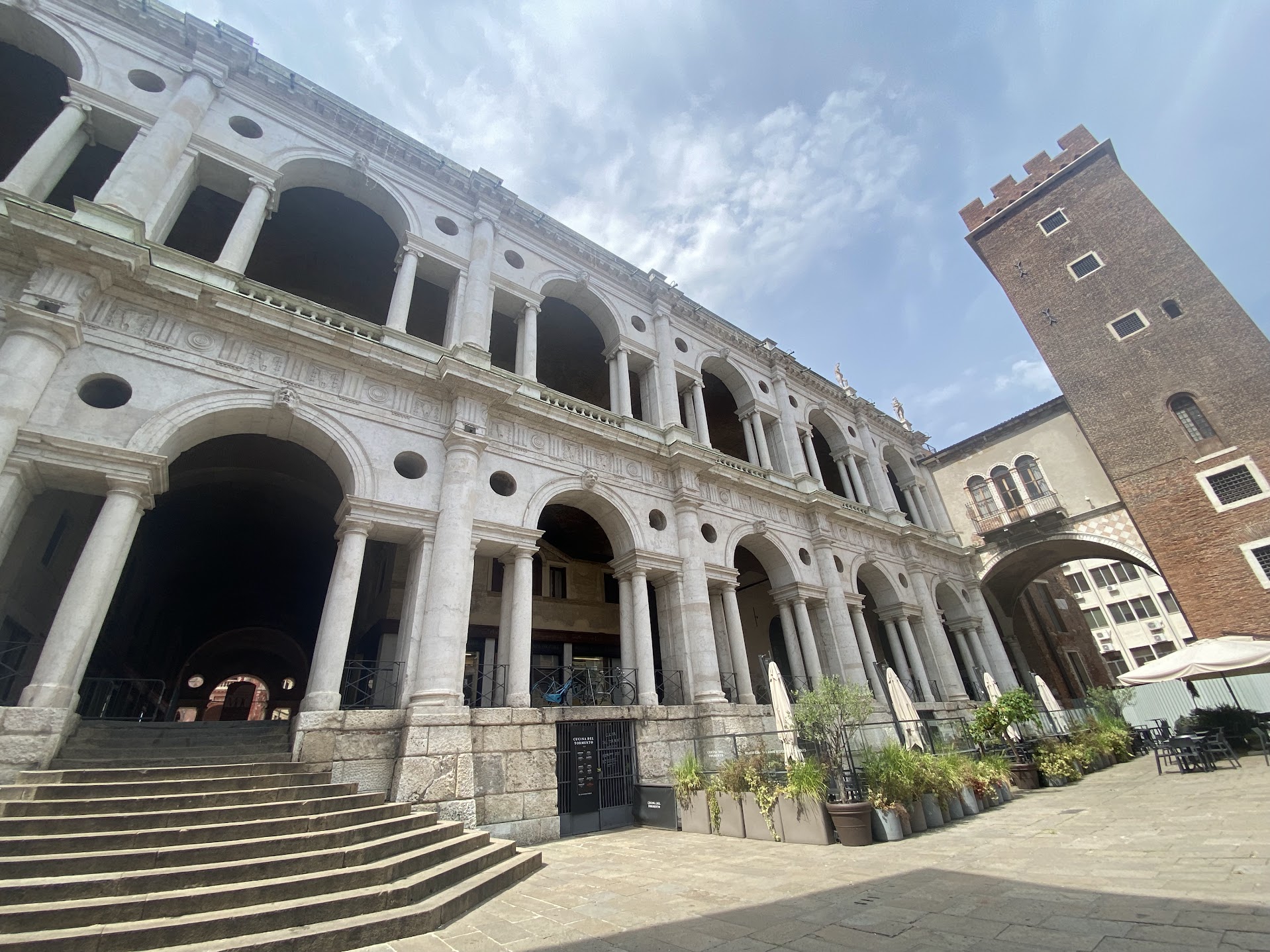
Palladian architecture in Vicenza. Copyright: Leila A. Amineddoleh
Sadly, a more recent art crime in the Veneto involved two American soldiers who epitomized the recent trend of bad tourism. Last year, the soldiers foolishly spray painted graffiti onto Vicenza’s basilica, designed by famed Andrea Palladio (considered by some to be the father of modern architecture. The town of Vicenza, a literal open-air museum of Italian Renaissance architectural gems, has taken this matter seriously. The soldiers now face jail time and heavy fines.
VERONA AND ART THEFTS
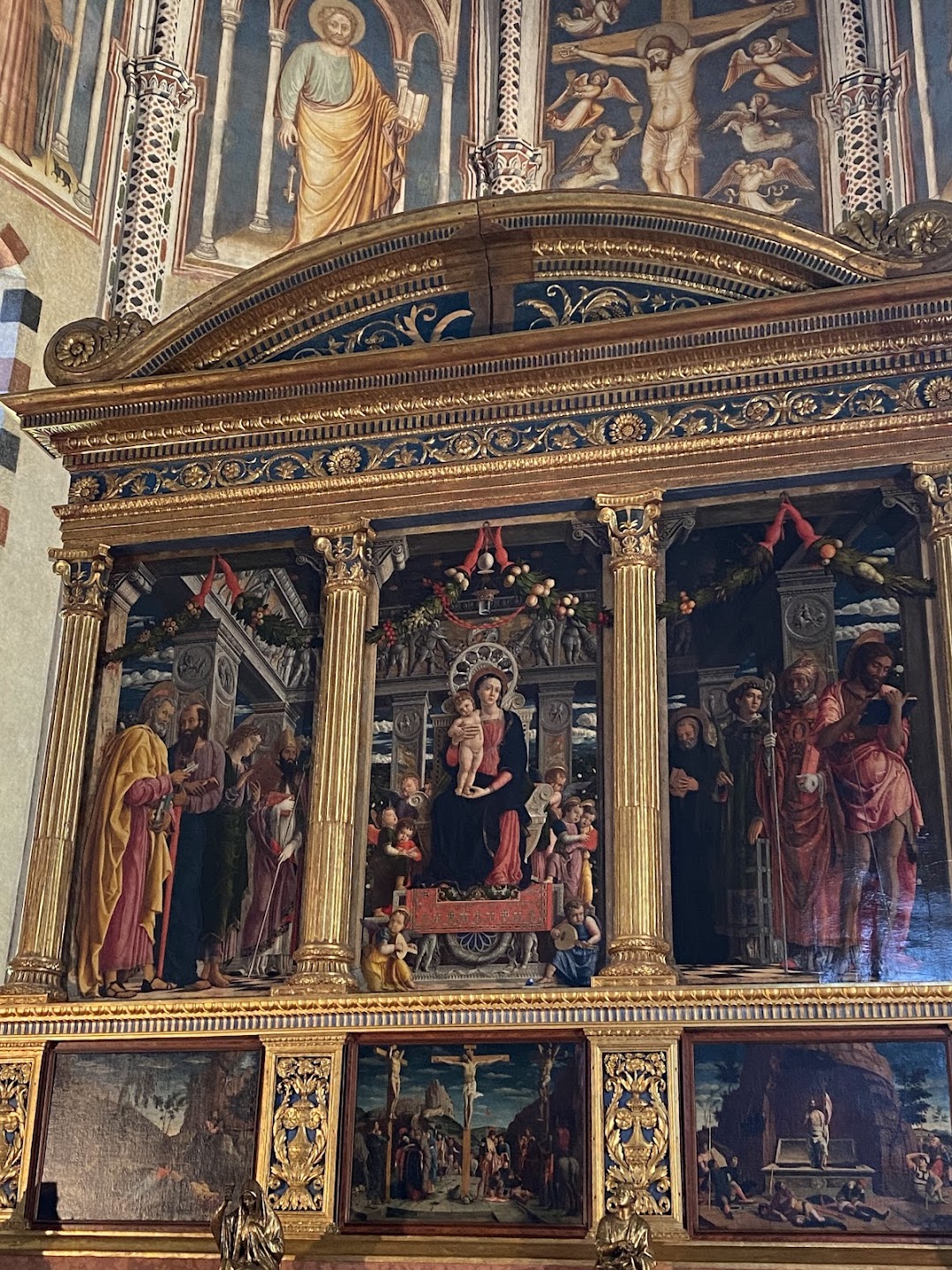
Altarpiece by Andrea Mantegna. Copyright: Leila A. Amineddoleh
For me, the art crime winner (or more accurately, the loser) is Verona. Serving as the inspiration for the Bard’s Two Gentlemen of Verona and Romeo and Juliet (many of the city’s establishments are more than happy to post Shakespearean references), Verona has long been one of my favorite places in Italy. Besides literary inspiration, the city is known for its 2000-year-old intact pink-hued arena. One of the best-preserved ancient structures of its kind, the town still hosts live events in the theatre. Its summer opera festival is world famous. Its magic and beauty have moved people for centuries.
Sadly, Verona has also inspired art crimes. During the Napoleonic Wars, buildings and sites across the city were destroyed. One was the Abbey of San Zeno which was part of the present-day Basilica of San Zeno. Today, only a brick tower and cloister survive from the abbey. Unfortunately, the artworks inside the Basilica were not left unscathed.
The San Zeno Altarpiece by Andrea Mantegna was painted in Padua and likely arrived in Verona in 1459. It is storied to be the first Renaissance painting seen in Verona. Although it appears to be executed in oil due to its rich colors, Mantegna painted it in tempera. The large work, which includes an image of Saint Zeno, had a turbulent life. It was looted by Napoleonic Forces in 1797 and returned in 1815, but in an incomplete state. The predella panels were never returned from France. When the altarpiece was finally reinstalled in 1871, copies of the missing panels by Paolino Caliari were inserted.
To protect the piece from the ravages of WWI, the altarpiece was transported to safety in 1915. It was sent to Florence for safekeeping. After the war, it was sent to Verona’s Castelvecchio (“old castle”) and then to Pinacoteca di Brera (in Milan) for restoration. It returned home to San Zeno in 1927. Shockingly, in 1973 the left panel was stolen and used as ransom. The thief was paid 8 million lire and the panel was returned.
CASTELVECCHIO
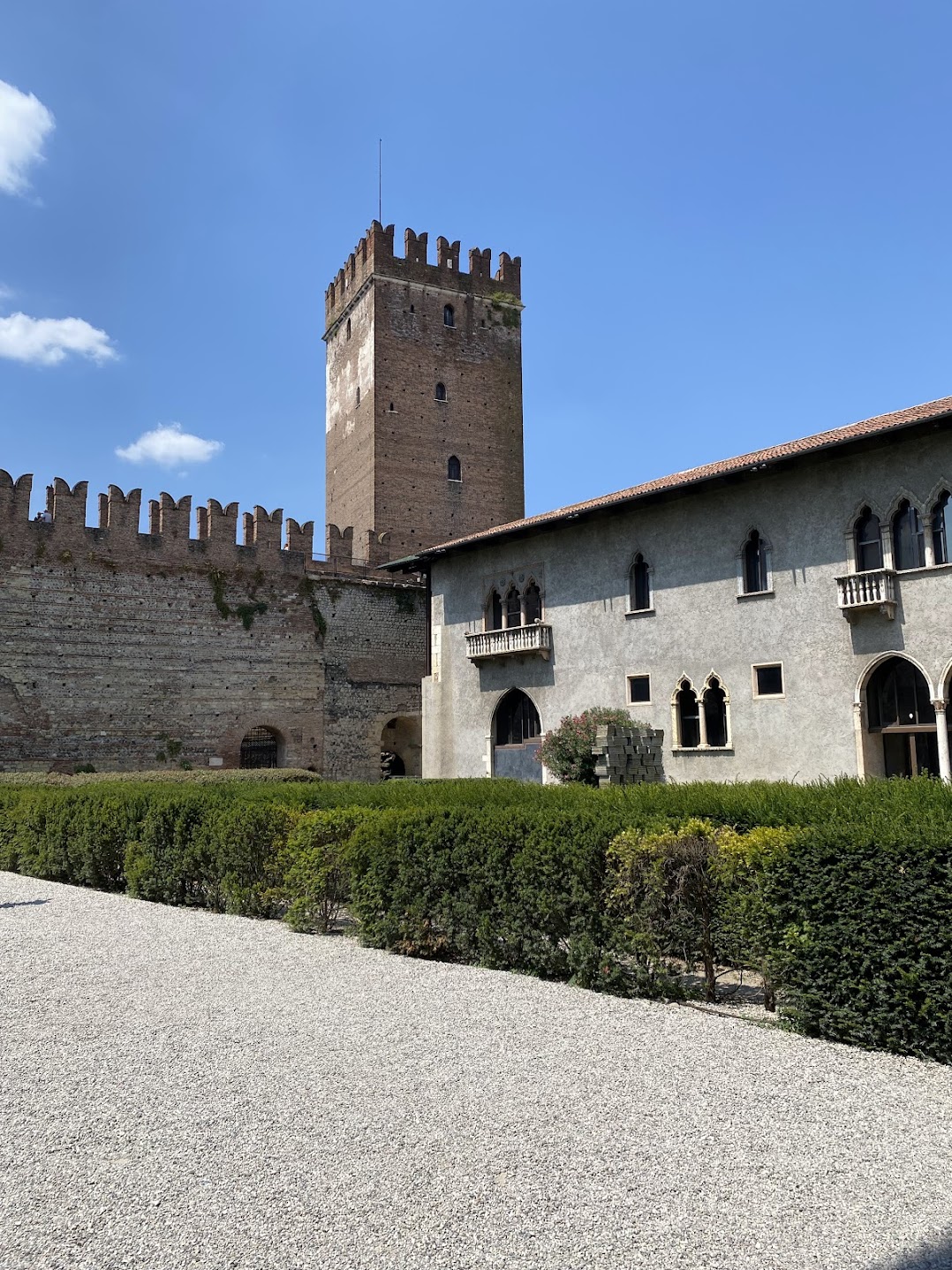
Castelvecchio. Copyright: Leila A. Amineddoleh
Tragically, the city is still not immune to art theft. In 2015, Verona’s elegant Castelvecchio (“old castle”) was the scene of a shocking crime. The Medieval Castelvecchio looks out over a gorgeous bridge that spans the Adige River. The castle, likely built on top of a Roman fortress, served many roles since its construction during the Middle Ages, between 1354 and 1376. It is known as an important military structure built by the Scaligeri family, with the bridge serving as a safety route for members of the dynastic family to flee during times of conflict.
The castle was taken by Venetian forces, and eventually it was damaged by French troops during the Napoleonic Wars. It also faced destruction during WWII, when the bridge was demolished by the German army during its retreat in 1945. The bridge was rebuilt in 1949. During that same period, the castle was also damaged. But it was rebuilt a decade later by Carlo Scarpa. The castle now serves as a museum.
Castelvecchio’s museum now houses an impressive gallery of paintings. One night in 2015, the collection was the victim of an art heist. 17 paintings were stolen as a crime of opportunity due to subpar security; three men entered the museum before the building’s alarm system was activated for the night.

Portrait of a Young Boy Holding a Child’s Drawing
The stolen paintings were brought to Ukraine. They were wrapped in black plastic drop cloths and buried behind scrubs. The next year, upon their discovery, the works were returned to Italy. The pieces suffered minor damage. It is believed that the theft was an inside job, with 12 people arrested in connection to the crime who were all convicted in 2020. Included in the group was a security guard and his Eastern European girlfriend. The judge handed down sentences of between five and 10 years for all thieves.
Included in the theft were Gian Francesco Caroto’s Portrait of a Young Boy Holding a Child’s Drawing. Painted in 1520, this unusual work has captivated viewers due to its curious subject matter. Carota (“carrot” in Italian) painted a child with red hair (a “carrot-top”) so many believe the work is a self-portrait of the artist as a boy or a portrait of the artist’s son. The image features the child holding a drawing. Is this a drawing actually done by the child? If so, then this playful work may include an artwork within an artwork or even a work of joint authorship.
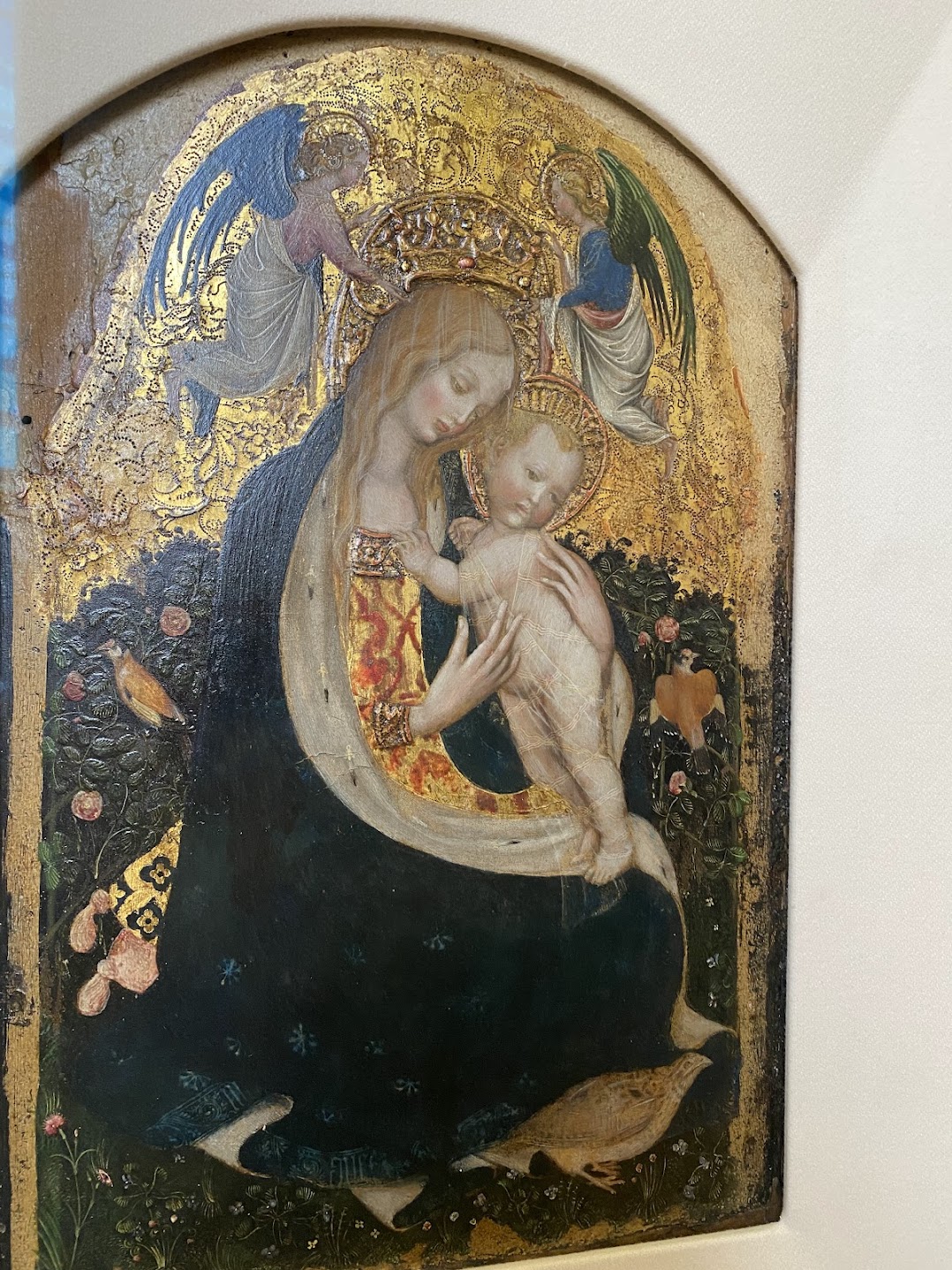
Madonna of the Quail
Another stolen superstar from the Castelvecchio was Pisanello’s Madonna of the Quail. Completed in 1420, the late Gothic style painting may have been the centerpiece of a domestic devotional work. The valuable work is known for the quality of its rendering of flora and fauna, set against a brilliant gold background.
While Verona has inspired love stories, artworks, and movies that reference two of best-known star-crossed lovers, the city has also faced its fair share of art crime. Perhaps this is not surprising in Italy, a country with an abundance of art and heritage.
by Amineddoleh & Associates LLC | Aug 29, 2024 |
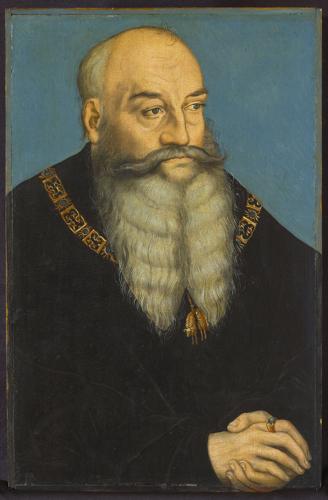
Courtesy of the Allentown Museum
The Allentown Art Museum will highlight the Portrait of George the Bearded, Duke of Saxony (ca. 1534) in a special exhibition. The 16th-century portrait attributed to Lucas Cranach the Elder and his workshop will go on display on Thursday, after a restitution claim was settled with the descendants of a German Jewish couple who fled the Nazis before the start of World War II. The painting will be included in a special display of works owned by Jewish families in Germany in the years leading up to the Second World War to illustrate the different trajectories of the artworks throughout the Nazi period. The installation will be on view August 29 through October 20, 2024, and it will include educational information about the Museum’s decision to deaccession the painting.
The Allentown Art Museum recently agreed to relinquish the painting following a claim made by the family of Henry and Hertha Bromberg, who fled Hamburg, Germany in 1938. The painting was purchased from a New York gallery in 1961 and has been on display at the museum ever since. “This work of art entered the market and eventually found its way to the museum only because Henry Bromberg fled persecution from Nazi Germany,” said the museum’s CEO and President, Max Weintraub.
As part of the settlement, the portrait will be sold at the Christie’s Old Masters sale in New York this January. The proceeds will be divided between the museum and the Bromberg heirs, although the details of the arrangement have not been disclosed.
The museum’s lawyer, Nick M. O’Donnell says that research could not establish the precise timing of the Cranach sale by the Brombergs, but “the larger context of the Brombergs’ flight from the Nazis and the sale of his collection along the way was morally compelling.” “That placed the sale among those transactions in the Nazi era that defy categorical description, and thus often elude easy solutions.” he said in The Art Law Report on Monday.
However, the museum says the agreement was reached in the spirit of the Washington Conference Principles on Nazi Confiscated Art, and with applicable guidance from the International Council of Museums (ICOM), the American Alliance of Museums (AAM), and the Association of Art Museum Directors (AAMD). The museum says the Pennsylvania Attorney General has approved its decision to deaccession the painting.
“We hope that this voluntary act by the Museum will inform and encourage similar institutions to reach a fair and just solution,” Weintraub says. Christie’s reportedly says it cannot yet give an accurate pre-auction valuation of the work since it is still determining the proper attribution of the painting. Marc Porter, chairman of Christie’s Americas, said in a statement to the New York Times that its research was “leading to a tentative conclusion that this was painted by Cranach with assistance from his workshop.” Cranach’s portrait of John Frederick I, Elector of Saxony, sold for $7.7 million in 2018. Another painting, attributed to Cranach and workshop, sold for about $1.1 million in 2009.
O’Donnell says Henry Bromberg’s father, Martin Bromberg, acquired the Cranach in October of 1917 and passed the Cranach to his son, who retained it in his house in Hamburg as late as 1935. The Bromberg’s son, Harald, emigrated to the United States in 1935, followed by their son Edgar one year later, and finally their youngest sons Gerhard and Oswald in 1938.
“While being persecuted and on the run from Nazi Germany, Henry and Hertha Bromberg had to part with their artworks by selling them through various art dealers, including the Cranach,” a lawyer for the Bromberg heirs, Imke Gielen, told the New York Times. O’Donnell says the Brombergs left Germany and arrived in Switzerland in early September of 1938. They eventually departed Europe from Le Havre, France en route to the United States on January 17, 1939.
The family says the Brombergs first settled in New Jersey before moving, several years later, to Pennsylvania (not far from Allentown) to be near one of their sons. “This makes the fair and just solution for the painting in the Allentown Art Museum particularly special,” they stated.
“The Nazis not only confiscated and stole property, but also forced victims to sell items at a fraction of their worth, pay exorbitant flight taxes, or abandon their homes and property when fleeing from the Third Reich,” Amineddoleh & Associates LLC wrote in 2019. “The toll of deprivation on such a massive scale is still felt many decades later.”
In this case, the members of the family “are pleased that another painting from [their] grandparents’ art collection was identified and are satisfied that the Allentown Art Museum carefully and responsibly checked the provenance of the portrait of George the Bearded, Duke of Saxony and the circumstances under which Henry and Hertha Bromberg had to part with it during the Nazi period.”
by Amineddoleh & Associates LLC | Aug 19, 2024 |
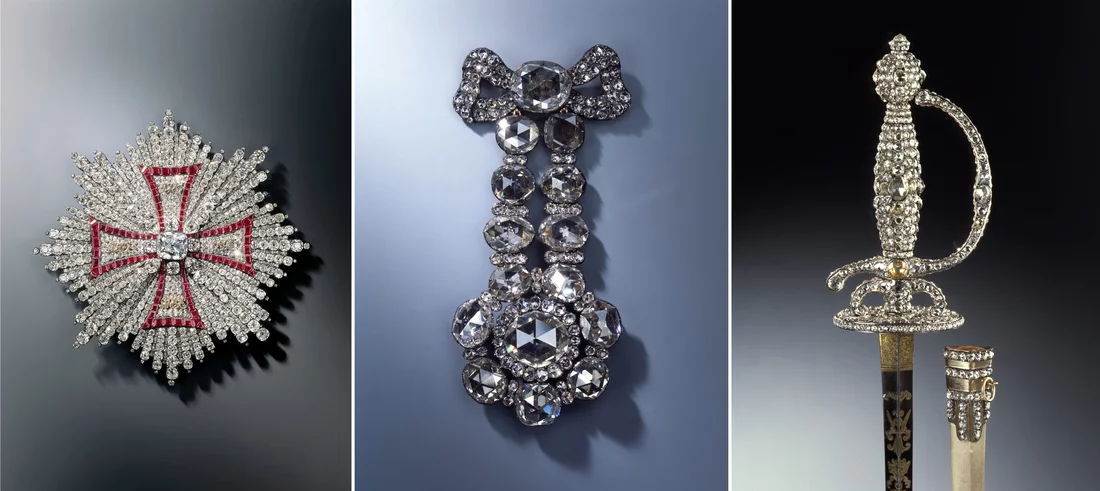
Image Owned by
Jürgen Karpinski/Grünes Gewölbe, Staatliche Kunstsammlungen Dresden
A few years ago, we wrote about an infamous theft of jewels from Dresden’s Green Vault in 2019 (you can find the post HERE). During the theft, burglars stole eleven irreplaceable and culturally significant pieces of Baroque jewelry, valued at over 113 million euros. The pieces contained more than 4,300 diamonds. Luckily, the brilliant objects were recovered and they just returned home.
This week, the jewels went back on display in their original locations. However, the legal twist is that the criminals are still subject to court proceedings and so the precious cultural items are still considered court property. The jewels were stolen by six German men, all in their 20s, from the same family.
by Amineddoleh & Associates LLC | Aug 13, 2024 |
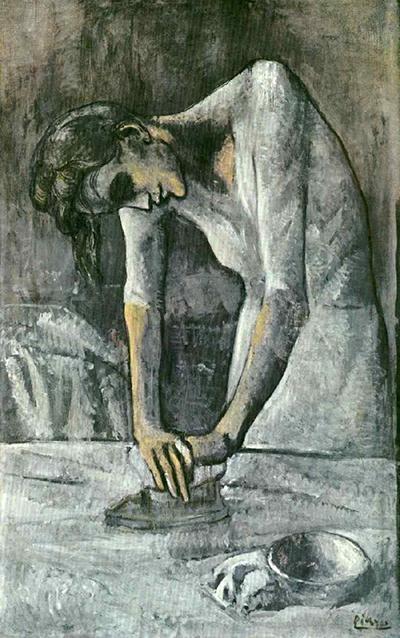
Woman Ironing, Pablo Picasso (1904).
Earlier this summer, Leila A. Amineddoleh was quoted in an article in ARTnews about a recently dismissed case in the Southern District of New York. The dispute involved claims that the painting in question, a Picasso work (Woman Ironing) valued at $150 million, was sold under duress during the Nazi Era.
Unfortunately, courts have not had clear guidance on what constitutes a “duress sale” because judges have been punting that question for years. Thus, Nazi-era cases are often decided on technical grounds, like jurisdictional determinations or time limitations. As Leila predicted last January, Bennigson v. The Solomon R. Guggenheim Found., 1013 N.Y. Slip Op. 24164, one of the most recent Nazi-looted art litigations, was dismissed on technical grounds, namely laches. In Bennigson, the Southern District of New York found that the heirs of Karl Adler (a German Jewish man) had waited too long to file a claim because the family had known about the location of the Picasso painting for decades.
The court granted the Guggenheim Motion to Dismiss, primarily based upon the affirmative defense of laches. Judge Andrew Borrok found that laches is still a relevant defense, even after the passage of the Holocaust Expropriated Art Recovery Act (the HEAR Act). The Act was passed to prevent Nazi-looted art restitution claims from being barred on statute of limitations grounds. The court stated, “not only does laches continue to be an appropriate defense [even after the passage of the HEAR Act]…, it may also be resolved as a matter of law at the motion to dismiss stage where the original owner’s lack of diligence and prejudice to the party currently in possession are apparent.” The court cited a number of recent cases, stating, “The HEAR Act explicitly precludes application of “defense[s] at law relating to the passage of time” but does not interfere with the application of defenses at equity, such as laches (Pub L. No. 114-308, 130 Stat. 1524, § 5[a]; Zuckerman v Metro. Museum of Art, 928 F3d 186, 196 [2d Cir 2019]; Reif v Art Inst. of Chicago, 2023 WL 8167182, at *1 [SDNY Nov. 24, 2023], reconsideration denied sub nom. Timothy Reif, et al., Plaintiffs, v The Art Institute of Chicago, Defendant, 2024 WL 838431 [SDNY Feb. 28, 2024]). The court found that the heirs had demonstrated “over 40 years distinct lack of diligence in not raising any concerns.”
However, while the court dismissed the matter based on laches, the opinion ultimately does address duress as a secondary basis for dismissal and it provides guidance for future disputes. Here, Judge Borrok found that the Plaintiff’s Amended Complaint failed to allege any actionable duress under NY law. Amongst other considerations, the opinion pointed to a letter from the Guggenheim to Eric Adler (the eldest son of the seller, Karl Adler). The museum’s letter explained that it was researching the provenance of the painting as it was preparing a catalogue for a collection within the institution. In response, Eric Adler confirmed that the painting was purchased by his parents in 1916 and sold in 1939, but he did not allude to a duress sale or anything else concerning the disposition of the painting. There was no reference in his letter to demanding the restitution of the painting. This, among other reasons, led the court to find that the sale was not made under duress.
Still, the court acknowledges the horrors of WWII and extensively quotes language from the Amended Complaint that recounts the tragedies that occurred during that period. One particularly heartbreaking paragraph was:
“On September 15, 1935, with the enactment of the Nuremberg Laws (“The Laws for the Protection of German Blood and German Honor”), the Nazis consolidated and extended the existing exclusionary measures against Jews. The Nuremberg Laws deprived all German Jews, including Karl and Rosa, of the rights and privileges of German citizenship, ended any normal life or existence for them and relegated them to a marginalized existence, a pivotal step toward their mass extermination.”
While dismissal of Bennigson was primarily based on laches, the court also took the opportunity to examine the duress claims and it provide guidance for future litigations involving Nazi-era takings and war-era transactions.








